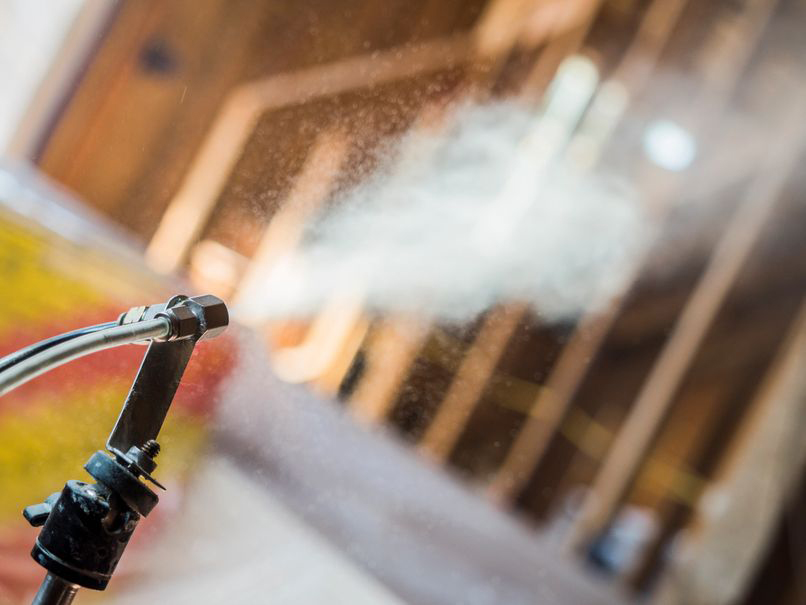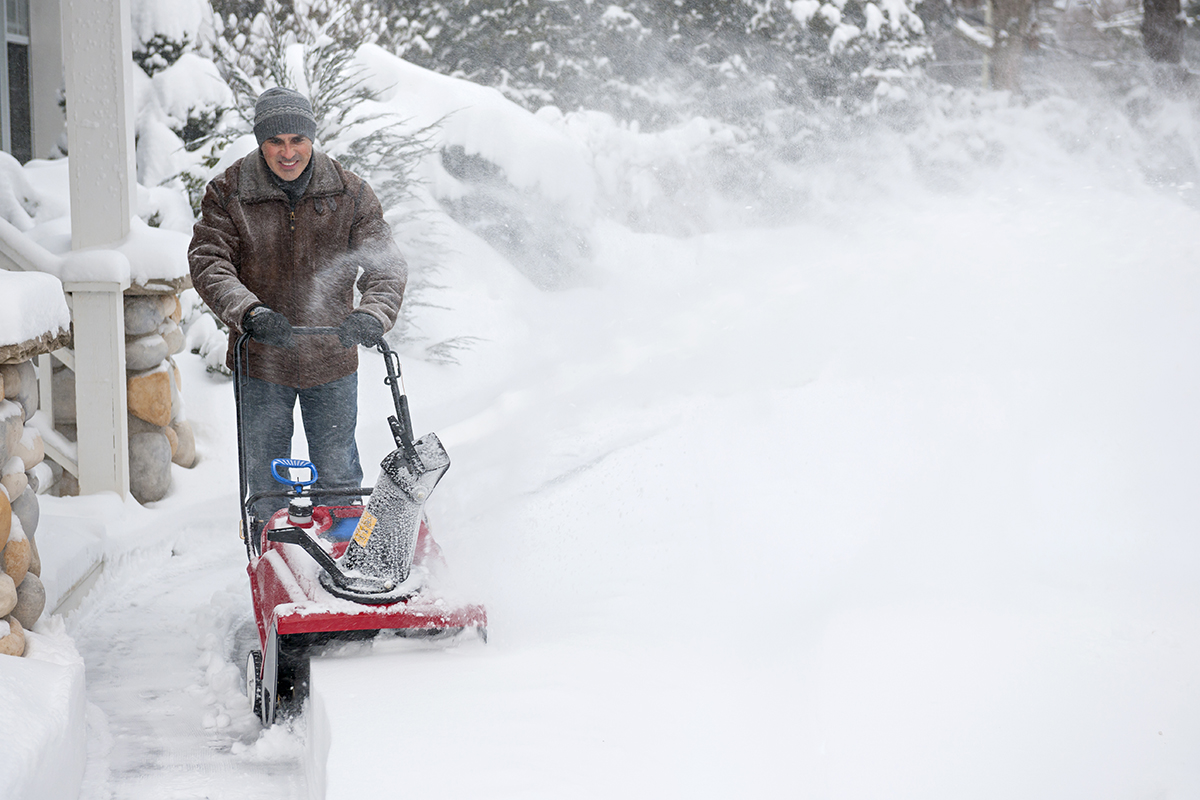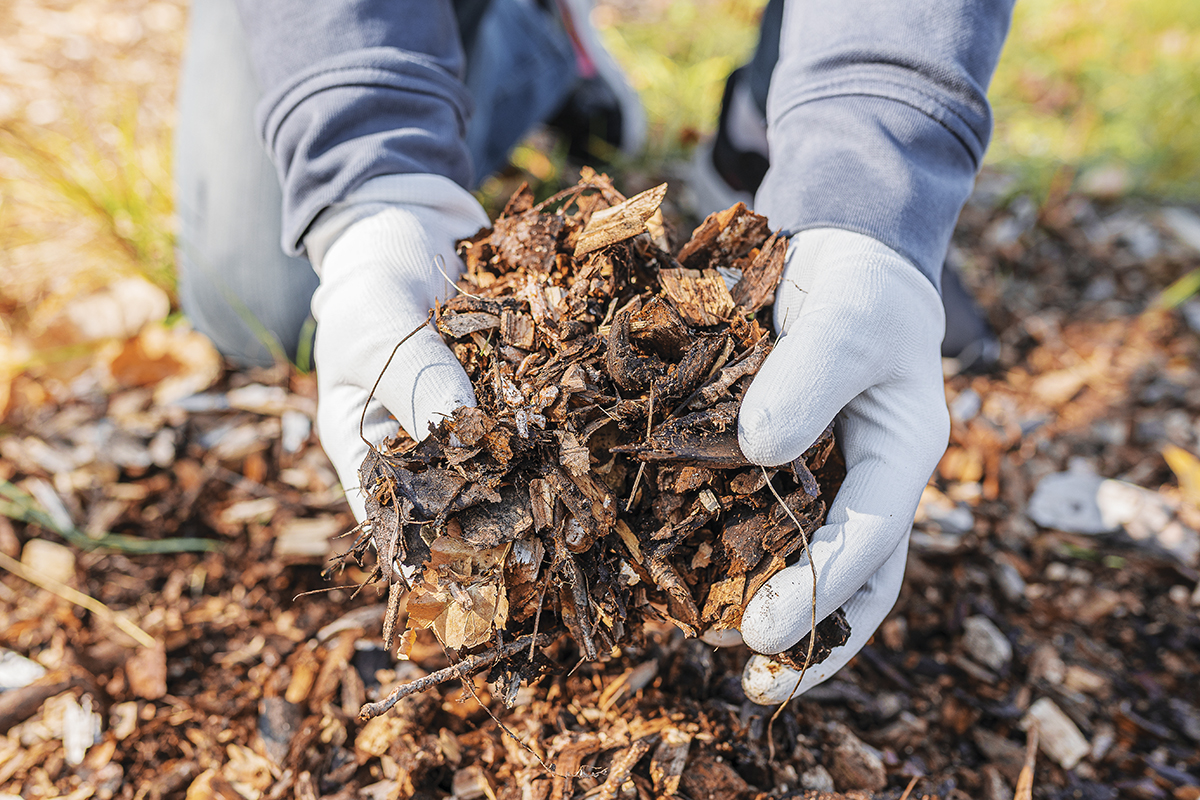WRITER | STEWART MCFERRAN
Don’t Let the Cold Sneak in through Your Windows
I work hard to cut the logs that fuel the fire in my Lopi wood-burning stove. The heat that radiates from the stove on those cold winter days makes me want to do everything I can to keep the heat inside my house, especially during frozen winter nights.
Back in the days when I had single-pane windows, there was a winter that was so cold that I shoved two-inch blocks of Styrofoam into the window frame so I would not lose heat. It essentially worked to make the house nice and warm, but it certainly wasn’t an ideal solution, since I couldn’t look out and see the pretty snow nor could light shine in during that short period of time in a Michigan winter known as day. Weatherstripping around the edges may have helped a little, but due to the way heat radiates through a single pane of glass, I was losing more heat than my heating source could produce.
Since then, researchers at the Lawrence Berkeley Lab (LBL) in Berkeley, California, helped develop a clear, low-emissivity (Low-E) coating that, when applied to glass, stops radiant heat from leaving the house through window panes. It works much like my former Styrofoam trick, but the Low-E coating allows the sun to shine in on those brilliant winter days, which has made homes and commercial buildings more comfortable and looks a whole lot better than a window covered with Styrofoam.
I spent a summer as a research associate with the LBL Windows and Daylighting Group where I learned more about how Low-E coatings worked and how the homebuilding industry uses them to make our homes more energy efficient. Scientific findings by labs that work with the U.S. Department of Energy are made available to the public. Companies use those findings to develop products that will improve our homes and workplaces. A number of companies now offer Low-E coatings for windows that are applied to the surface of the glass between double or triple panes of glass.
There are many reasons to replace your old windows, including lowering heating and cooling costs, keeping noise out and increasing your home’s value. Some manufacturers offer options that can be tailored to different climates, while others have windows that can prevent glass damage caused by debris.
On those hot days in California, windows with Low-E coatings keep buildings cool. Back in Michigan, heat can leave your house in many spaces and windows are often a large reason for that heat loss. In my case, getting rid of the single-pane windows and replacing them with double-pane windows that have Low-E coating did the trick. I now enjoy the sunshine during every season.
While each home is different and heat loss mitigation solutions are unique to an individual home, windows are often part of the solution. However, short of window replacement or a block of Styrofoam, there are different types of weatherstripping that can help reduce breezes blowing in and around your windows. There are foam, sponge and rubber window seals that can be installed by a handy homeowner or by a local company.
Michigan’s electric utilities are interested in helping customers make their homes more energy efficient. My electric provider, Cherryland Electric Coop, and most energy companies provide their customers with helpful energy-saving tips on their websites.
Most of these energy providers have incentives and rebate programs that can help homeowners replace single-pane windows with double-pane ones that have Low-E coatings or need some weather strips to keep breezes from blowing into the house. The Energy Star program evaluates and rates all kinds of products that can help you save energy in both summer and winter. Products are rated from 1-100 and will help you pick the best window for your house.








